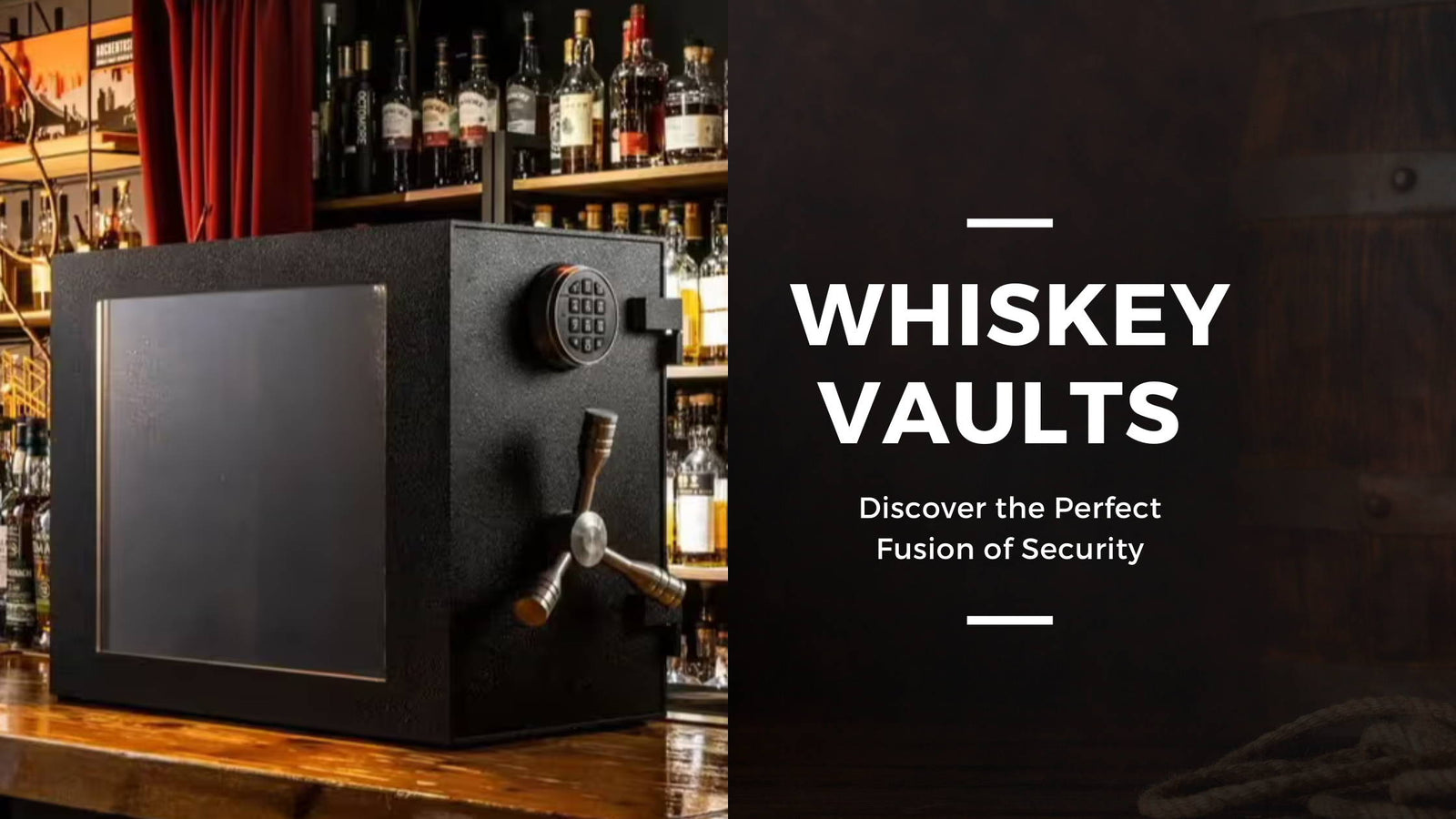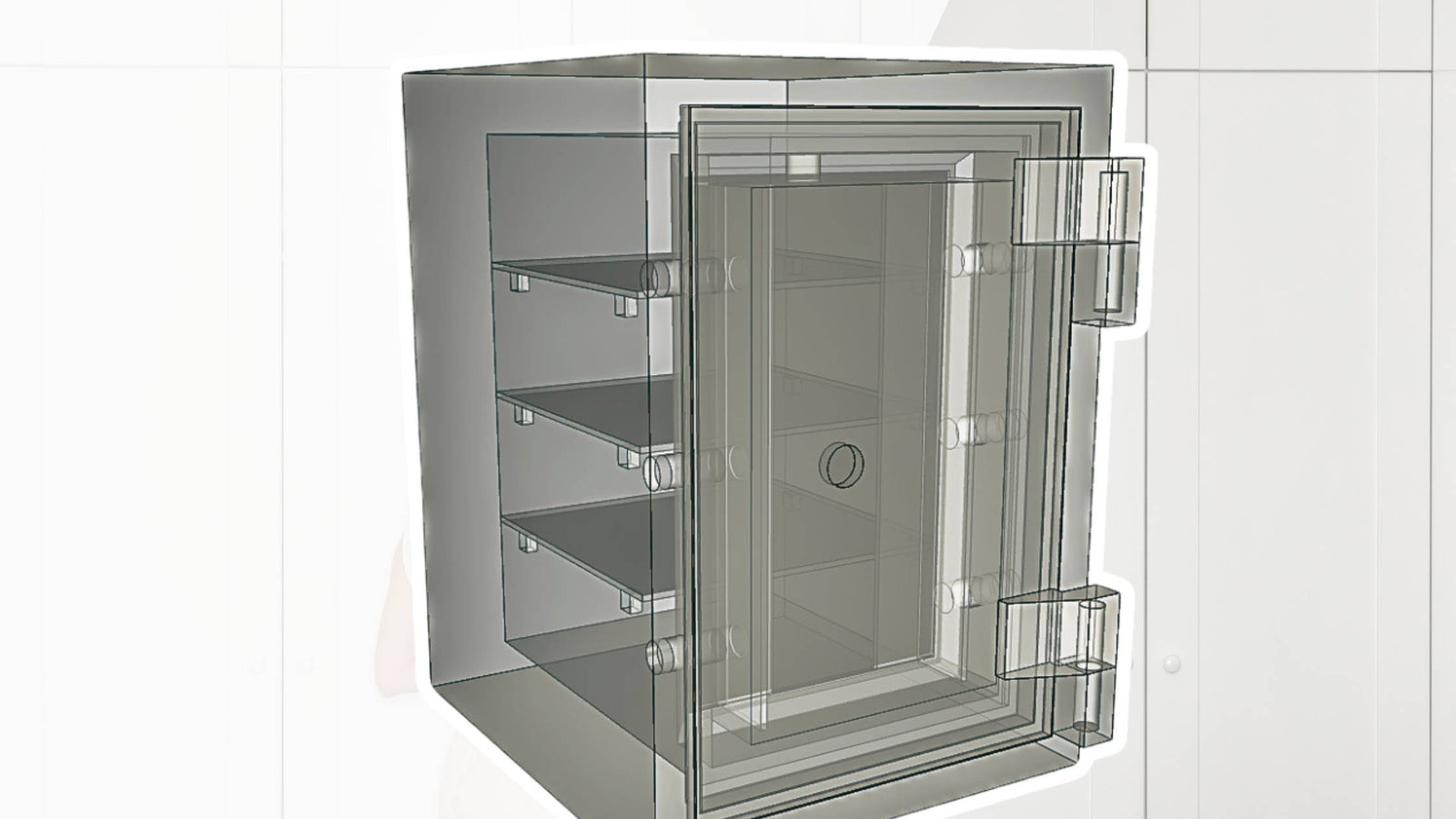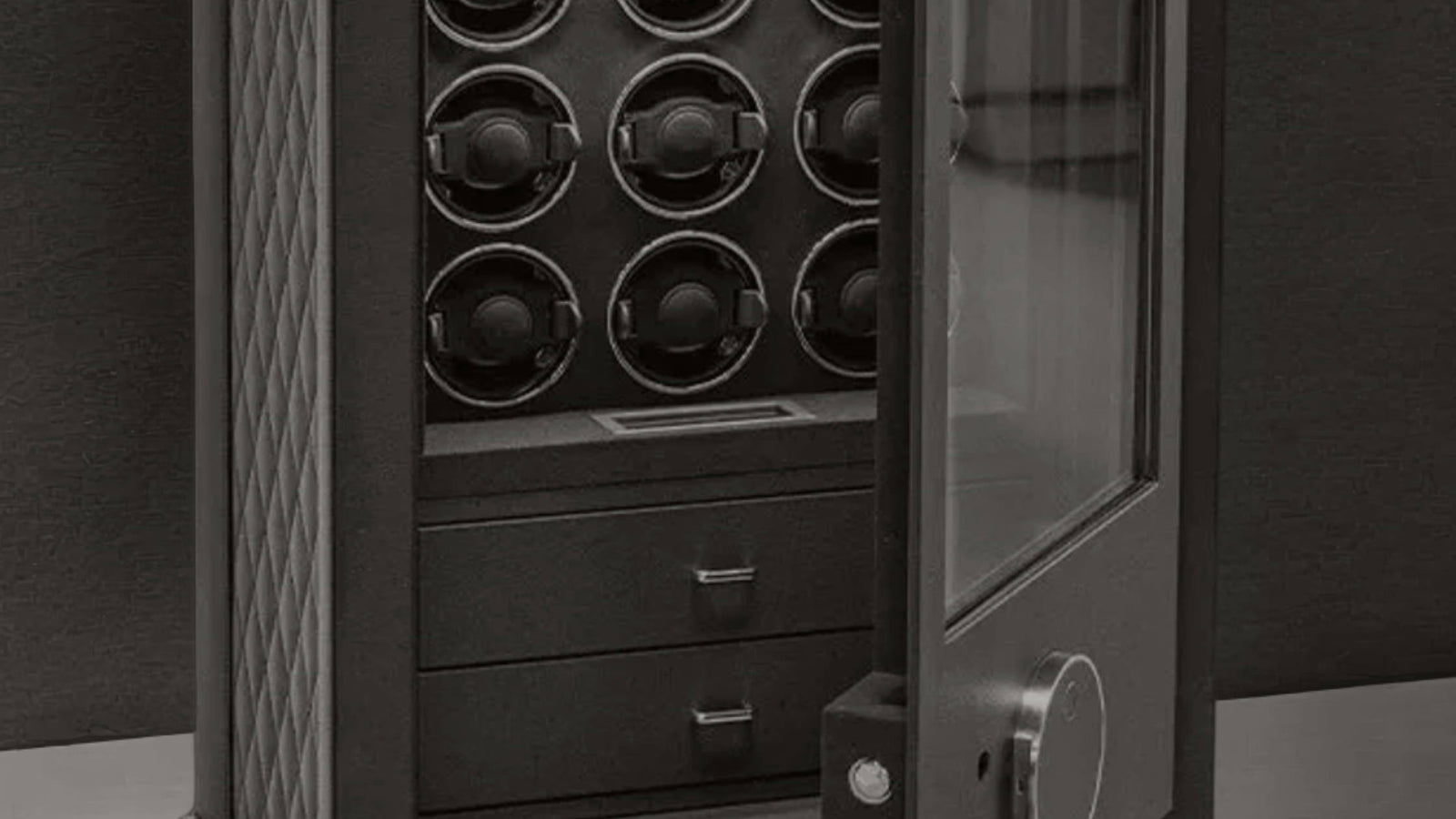Cash countersare a cornerstone of any high cash flow business. They have the ability to reduce man hours spent counting, reduce human error, and even detect counterfeit bills. These are truly unique machines. Have you ever wondered how it is a cash counting machine can tell the difference between a $10 and $20 dollar bill? Also, just how accurate are these machines? Here we’ll look into some of the basic functions and abilities of cash counting machines.
These machines were first developed in the 1920’s (admittedly in much more primitive forms) to help the Federal Reserve increase efficiency. These first machines were simply programmed to count out a set number of bills and had no way of monitoring specific denominations. However, in the 1980’s these analog machines were improved upon with the implementation of microchips that could count faster, notice differences in denominations, and detect counterfeits.
Modern cash counters have evolved into a wholly digital form with even greater accuracy, speed, and detection abilities. The basic idea behind the workings of a cash counter is really not too complicated. Money is loaded into one side of the machine at which point the first in line is separated from the rest, quickly scanned, and passed out the front. This process is repeated at incredible speeds for modern machines. While at one point each bill needed to be crisp, modern machines can even deal with worn or folded currency.
However, should the machine come across an abnormal bill that it cannot process it will stop and wait for human assistance. At the end of the process a microcomputer can tally the total amount of money counted with incredible accuracy. Counterfeit finding techniques are also rather sophisticated for modern cash counters. Most rely on a combination of ultraviolet scanning and magnetic detection. While most of us may already know about the anti counterfeit ultraviolet properties of money. Most bills additionally utilize a magnetic ink that can be quickly detected by these machines.
One additional method for counting cash that is popular for its small size and simple nature is weight-based counting machines. These are usually smaller than the aforementioned alternative but come with less features. The basic idea is to weigh the money in order to determine the amount. These have become quite accurate but are much more limited in their applications. These cannot tell the difference between denominations and likely are unable to detect counterfeits. On the plus side they are usually cheaper, smaller, and easier to use.




